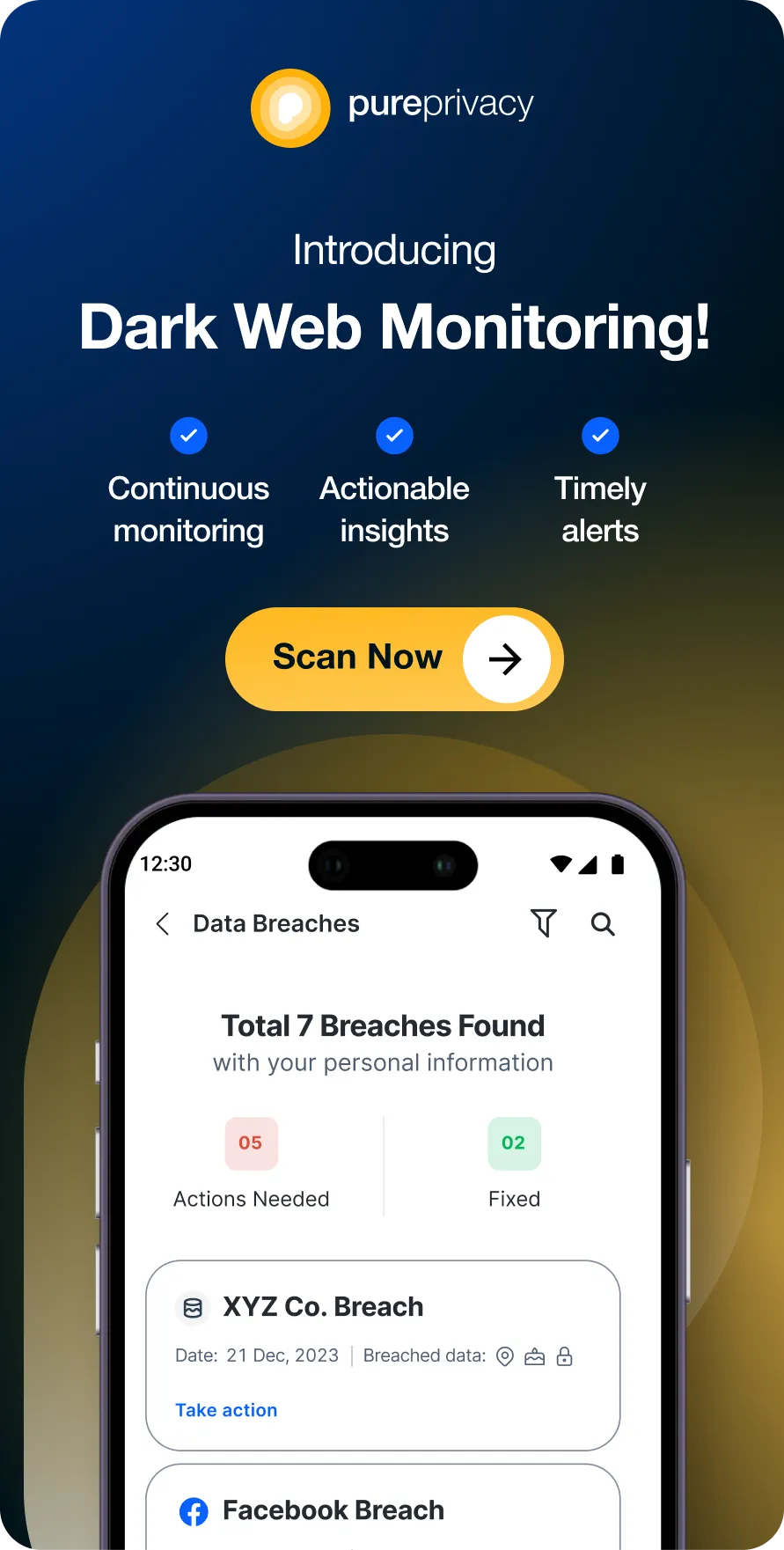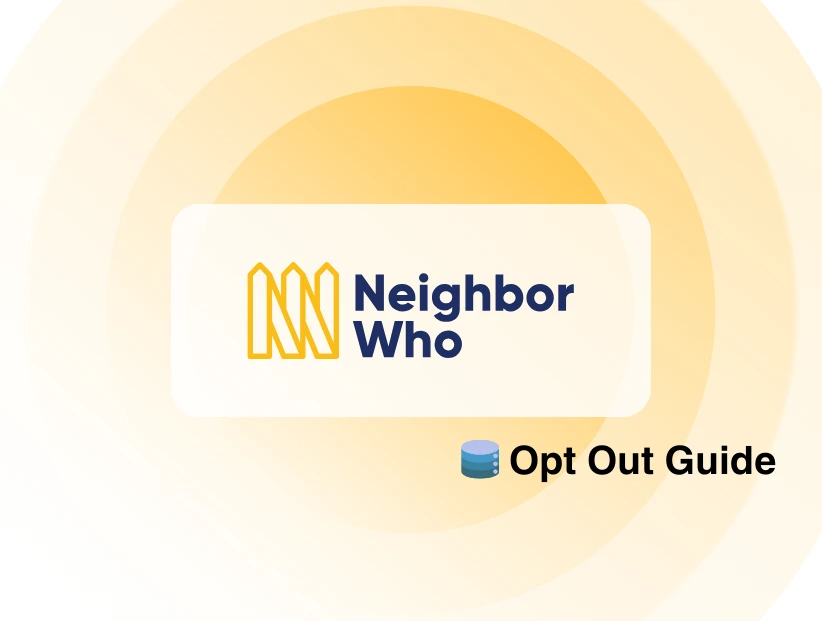Table of Content
- What is Deepfake?
- 11 Deepfake Image and Video Apps to Leave You Stunned
- 5 Deep Fake Voice Software to Have Fun with Your Voice
- Deepfake Apps Involved in Privacy Breach Lawsuits
- Is Deepfake Legal and Secure?
- How Can You Identify Deep Fake Images, Videos and Voice
- Protect Yourself from Privacy Breaches with PureVPN
- Frequently Asked Questions (FAQs)
- Try Deep Fake for Fun But Stay Secure!
Ever watched a video that made you question reality? Deepfakes, powered by artificial intelligence, can swap faces and voices. While this can be entertaining, it also poses serious risks. Check out our recommendations for the best deepfake apps. Remember, while these tools can be fun, it's important to use them responsibly and ethically.
What is Deepfake?
Deepfakes are fake videos or pictures that look so real, it's hard to tell they're not true. These fake images can make people look or say things they never did. They're made using special computer technology that can learn to copy how people look and sound.
11 Deepfake Image and Video Apps to Leave You Stunned
Deepfake is no more a designer thing! People are using it at large to try something new and share it with their friends and family. Here are some deep fake apps that are easy to use and will leave you surprised:
1. Reface
Pros: User-friendly interface, a vast library of templates, real-time face swapping.
Cons: Limited customization options, occasional glitches.
Price: Free with in-app purchases.
Trustpilot Reviews: Generally positive, with users praising its ease of use and fun features.
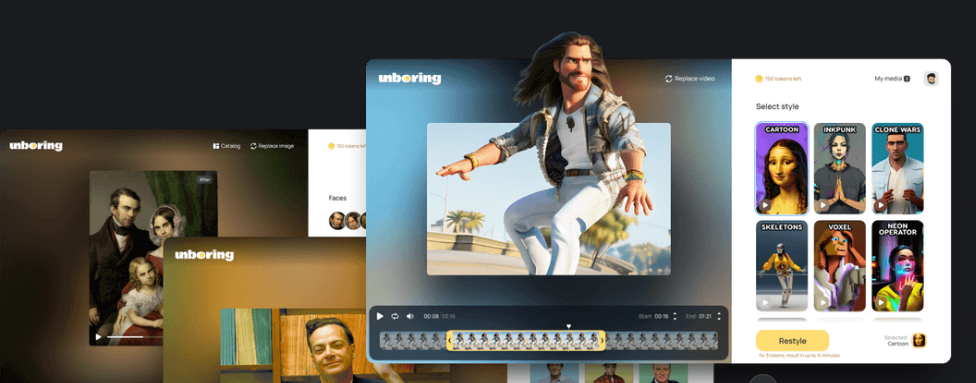
2. FaceApp
Pros: Wide range of editing features, including aging, gender-swapping, and adding hairstyles.
Cons: Some users have reported privacy concerns.
Price: Free with in-app purchases.
Trustpilot Reviews: Mixed reviews, with some praising its features while others expressing concerns about data privacy.
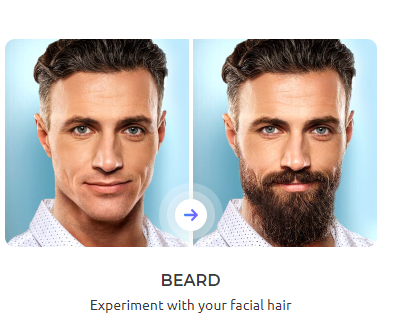
3. FaceMagic
Pros: Advanced face-swapping technology, high-quality results.
Cons: Can be more complex to use compared to other apps.
Price: $9.99/mo
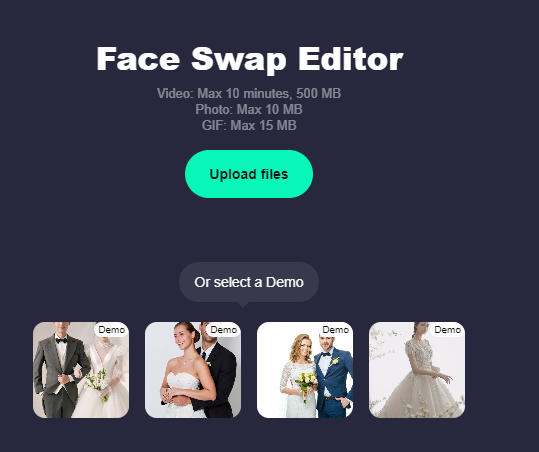
4. Avatarify
Pros: Creates animated avatars, customizable features, and can be used for live streaming.
Cons: Limited customization options for some avatars.
Price: Free with in-app purchases.
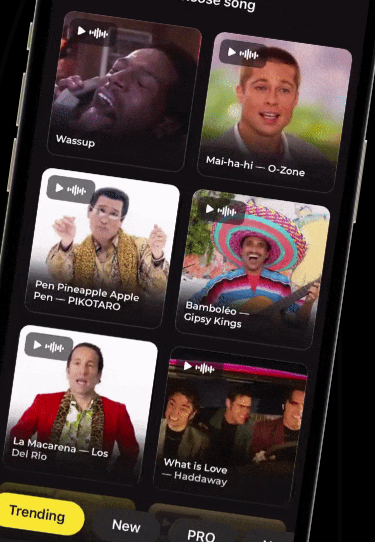
5. DeepFaceLab
Pros: Open-source software, highly customizable, capable of advanced deep fakes.
Cons: Requires technical knowledge to use effectively.
Price: Free.
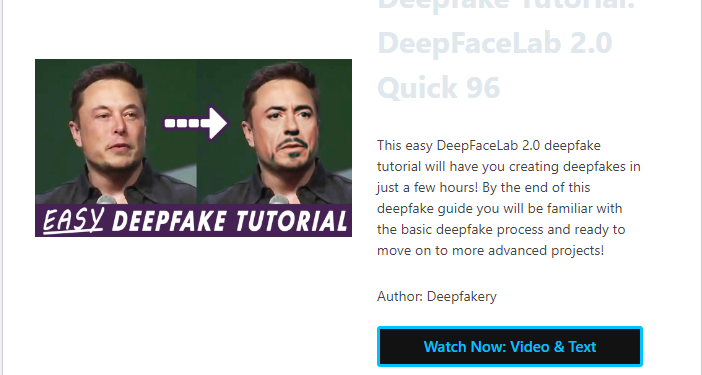
6. Wombo Dream
Pros: Turns text into AI-generated art, including deepfake-style images.
Cons: Limited control over the generated art.
Price: Free with in-app purchases.
Reviews: Positive reviews for its unique and creative features.
7. Zao
Pros: Real-time face swapping, large database of celebrities.
Cons: Raised concerns about data privacy.
Price: Free with in-app purchases.
Trustpilot Reviews: Mixed reviews, with some praising its features while others expressing concerns about data privacy.
8. Deepfakes Web App
Pros: Web-based, no installation required, easy to use.
Cons: Limited features compared to dedicated apps.
Price: Free.
Trustpilot Reviews: Poor

9. MorphThing
Pros: Classic morphing tool that can create humorous and entertaining effects.
Cons: Limited deepfake capabilities compared to newer apps.
Price: Free with in-app purchases.

10. Face Swap Live
Pros: Real-time face swapping in live videos, multiple camera options.
Cons: Can be laggy on older devices.
Price: Free with in-app purchases.
11. Deepfake Studio
Pros: High-quality deep fakes, advanced editing features.
Cons: Requires technical knowledge to use effectively.
Price: Free with in-app purchases.
Reviews: Positive reviews from users who appreciate its professional-grade features.
5 Deep Fake Voice Software to Have Fun with Your Voice
1. Resemble.ai
Pros: Easy-to-use interface, fast processing times, customizable voice parameters.
Cons: Limited customization options compared to some other tools.
Price: Free for limited use, paid plans for unlimited access.
Trustpilot Reviews: Mixed reviews for its user-friendly approach and quality voice synthesis.
2. Eleven Labs
Pros: High-quality voice synthesis, customizable parameters, ability to create different voices.
Cons: Requires a significant amount of training data.
Price: Free for limited use, paid plans for unlimited access.
Trustpilot Reviews: Positive reviews for its ability to create diverse and realistic-sounding voices.
3. Tacotron 2
Pros: Open-source software, highly customizable, capable of advanced voice synthesis.
Cons: Requires technical knowledge to use effectively.
Price: Free
Trustpilot Reviews: Not applicable, as it's an open-source project.
4. Parallel WaveGAN
Pros: High-quality voice synthesis, and fast processing times.
Cons: Requires technical knowledge to use effectively.
Price: Free for limited use, paid plans for unlimited access.
Trustpilot Reviews: Positive reviews for its fast processing times and quality voice synthesis.
5. Transformer-TTS
Pros: High-quality voice synthesis, customizable parameters.
Cons: Requires technical knowledge to use effectively.
Price: Free for limited use, paid plans for unlimited access.
Deepfake Apps Involved in Privacy Breach Lawsuits
While many deepfake apps have faced scrutiny for potential privacy concerns, not all have been directly involved in lawsuits.
Zao, a Chinese deepfake app, faced significant backlash after collecting extensive user data, including facial recognition data, and requesting broad usage rights.
These actions raised concerns about potential misuse of personal information. In response to the public outcry, Zao revised its user agreement to address privacy concerns and mitigate the risks associated with data collection.
FaceApp, a Russian-developed deepfake app, faced criticism after its privacy policy granted it broad rights to use user data, including facial recognition data. This raised concerns about data sharing with foreign entities, potentially violating privacy laws.
In response to the backlash, FaceApp clarified its data practices, but the controversy highlighted the potential risks associated with sharing personal data with companies based in countries with different privacy regulations.
Is Deepfake Legal and Secure?
Deepfakes, while often used for entertainment, pose significant risks such as misinformation, identity theft, and blackmail. Their legality varies across countries, with some implementing laws to address these concerns.
However, the evolving nature of deepfake technology makes it challenging to keep up with regulations. It's crucial to use deepfakes responsibly and ethically, understanding the potential consequences.
How Can You Identify Deep Fake Images, Videos and Voice
Deepfakes, created using artificial intelligence, can be incredibly convincing. However, there are several clues you can look for to spot them. Here's a breakdown of how to identify deep fake images, videos, and voices:
Identifying Deep Fake Images
Inconsistencies
Look for inconsistencies in lighting, shadows, or the background. These can be signs of manipulation.
Unnatural Details
Pay attention to details like skin texture, hair, and eyes. Deepfakes often struggle to replicate these perfectly.
Distorted Backgrounds
The background might appear distorted or blurry, especially around the edges of the subject.
Unrealistic Expressions
Facial expressions can be exaggerated or unnatural.
Identifying Deepfake Videos
Lip Sync Issues
Watch for mismatched lip movements and audio. The lip movements might not align with the spoken words.
Unnatural Blinking
Deepfakes often struggle with replicating natural blinking patterns.
Inconsistencies in Lighting and Shadows
As with images, inconsistencies in lighting and shadows can be a sign of manipulation.
Distorted Reflections
Check for distorted reflections in mirrors or glasses. This can be a clue that the video has been altered.
Identifying Deep Fake Voice
Unnatural Pauses and Inflections
Listen for unnatural pauses, changes in tone, or inconsistencies in the speaker's voice.
Lack of Emotion
Deepfakes might struggle to replicate the touch of human emotion in a voice.
Robot-like Quality
The voice might sound robotic or synthesized.
Inconsistent Accent
The speaker's accent might be inconsistent or fluctuate.
Protect Yourself from Privacy Breaches with PureVPN
Deep Fakes pose a significant threat to privacy. To safeguard yourself, prioritize strong passwords, enable two-factor authentication, and be wary of sharing personal information online. For added protection, consider using PureVPN to encrypt your online activity and safeguard your information on social media platforms.
Frequently Asked Questions (FAQs)
-
Are deepfakes illegal?

While there's no federal law specifically prohibiting deepfakes, many states have enacted legislation to address the creation, possession, or distribution of deep fake images. In states without laws tailored to deep fake porn, existing laws like criminal harassment, stalking, cyberstalking, and invasion of privacy may apply.
-
Can AI detect deep fakes?

Yes, AI can detect deep fakes. AI algorithms have been developed specifically to identify anomalies in images and videos that suggest manipulation.
-
Can deepfake apps be used for malicious purposes?

Deep Fakes pose significant risks due to their potential for malicious use. They can spread misinformation, enable blackmail, and facilitate identity theft. As technology advances, it's crucial to develop effective detection methods and ethical guidelines to prevent its misuse.
-
How are deepfakes used on the dark web?

The dark web is a dangerous place where people can create and share fake videos that look real. These fake videos can be used to harm people and spread false information.
Try Deep Fake for Fun But Stay Secure!
Deepfakes offer fun with digital manipulation. While they can be used for harmless entertainment, it's essential to use them with caution and a sense of responsibility. Understand the potential risks and take steps to protect your privacy.

